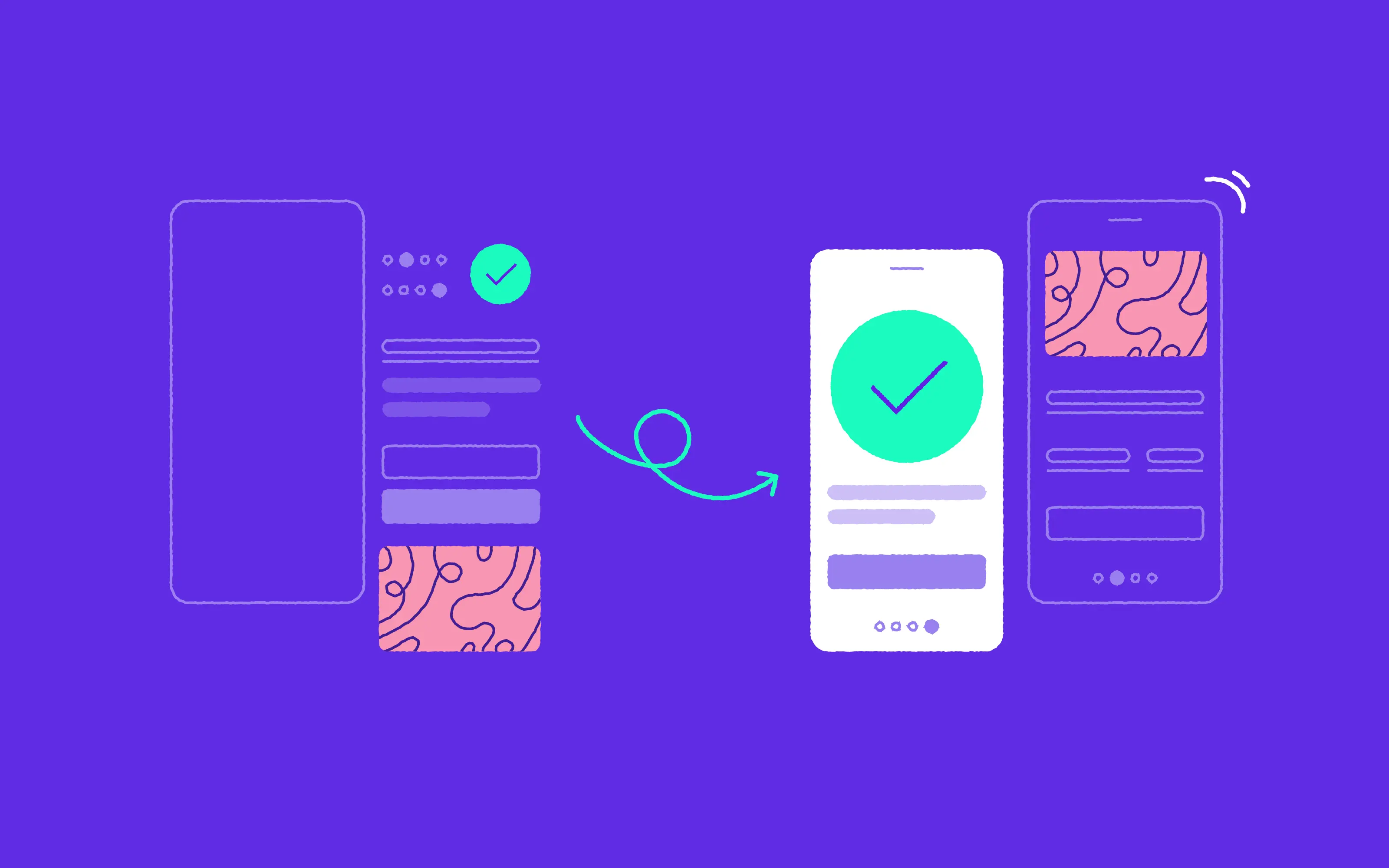
From revamped navigation on smartphones to the rise of voice interfaces, 2019 will be a fascinating year in terms of UX. All of the changes we are about to face have one goal: to make our interaction with software easier. What are they?
UX Trends evolve smoothly, but the beginning of a new year is always a right moment to sum up some stuff and make predictions on possible directions for UX. Design and technology are subject to rapid and deep changes. If you are a UX designer, as I am, brace yourself for an exciting ride and take a peek at my picks of trends to look out for in the coming quarters.
1. Bottom navigation
Smartphones with larger screens are capturing a bigger audience each year, impacting the way devices and apps are designed. This raises the issue of how to plan the accessibility for thumbs more than ever before. Just look at the Thumb Zone heat map created by Scott Hurff that’s been applied to every iPhone display size since 2007. Since iPhone 6s, the screens have expanded and it looks like this growing trend will continue — especially that latest iPhones use 19.5:9 aspect ratio.
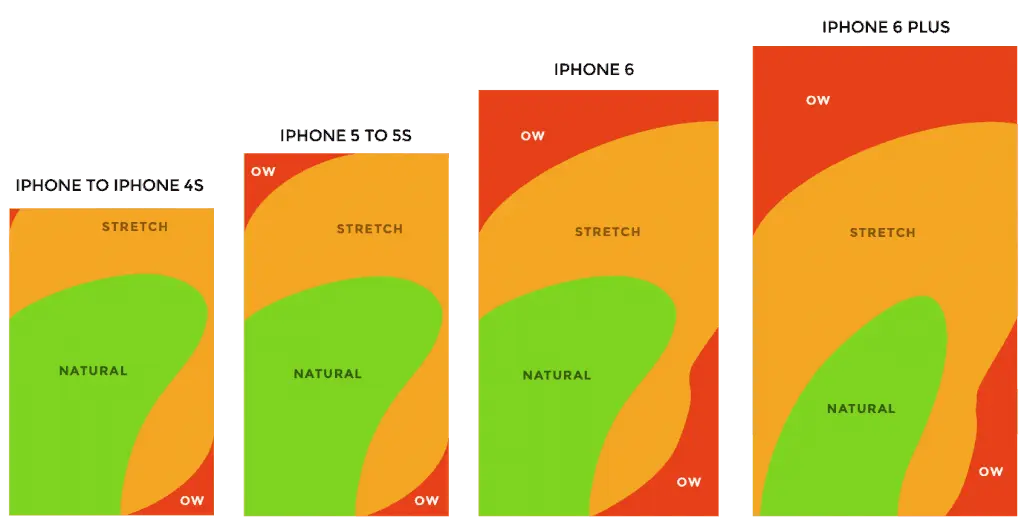
image from: scotthurff.com
What’s striking is that navbars are moving away from users’ comfortable reach. A perfect solution is the bottom navigation started by Apple. Many apps, such as Chrome, have adopted this handy pattern.

image from: bleepingcomputer.com
Companies even go as far as redesigning their Android skins to handle one-hand navigation better. Samsungs’ One UI splits the interface into two sections — the upper one displays information, while the lower is responsible for user interaction. The good news is, the software finally starts to respond to hardware trends. Check out the video and the image to get the idea!
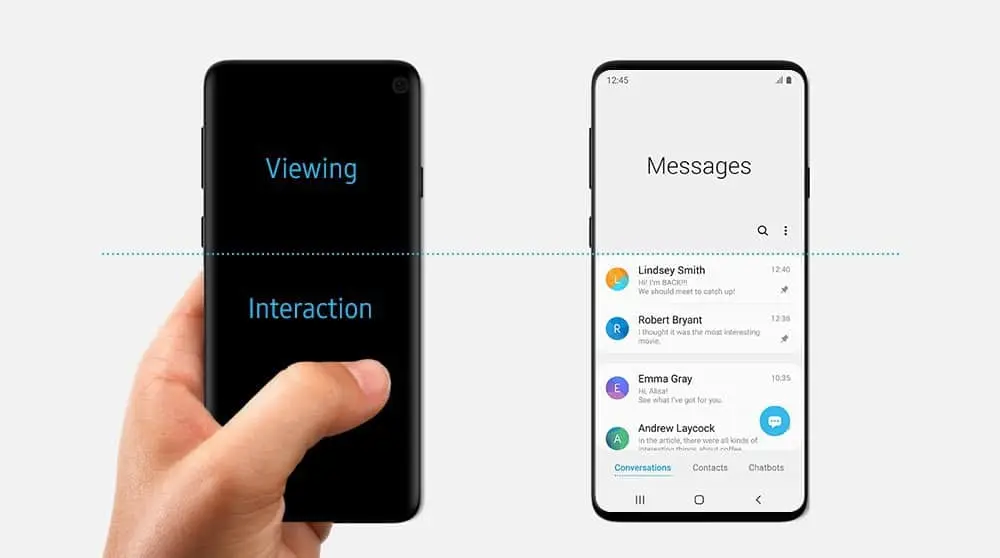
2. Navigation Gestures
With larger screens, hand gestures will undoubtedly be on the rise as an alternative for navigation buttons. The release of iPhone X has already given the trend a stamp of approval but there’s a caveat. Even as gestures ensure more space for apps on the display, such navigation may be confusing as not all users are familiar with them. A few Android phone manufacturers already try to mimic iPhone’s navigation system, but Google, OnePlus, Xiaomi, and Huawei takes on this all work differently. The big challenge would be to create a commonly-accepted system of gestures. For now, I think that creating simple tutorial for first-time users will do the job.
Check the sheets on Google Maps or types of gesture navigation on Slack.
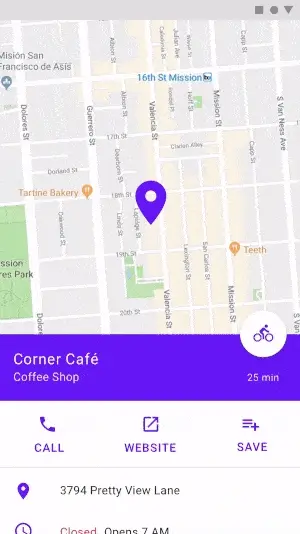
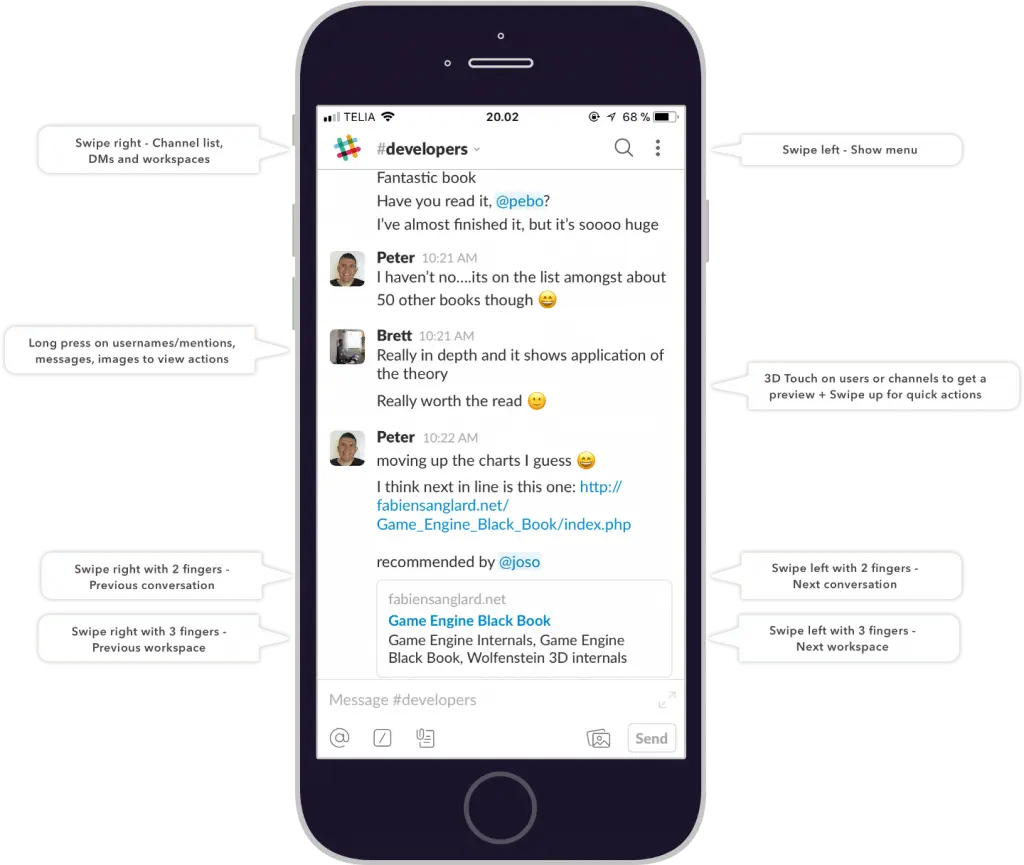
image from: nodesagency.com
3. Voice interface
We will be seeing (or hearing) a voice interface gaining even more popularity this year. Just look at the numbers. According to Statista, more than two-thirds of respondents would opt for using voice technology to search something online than stick to manual typing.
And it’s already happening as Google reported that20 percent of queries on mobile apps were voice searches last year.
Google Assistant can even answer phone calls to set an appointment or collect data for users.
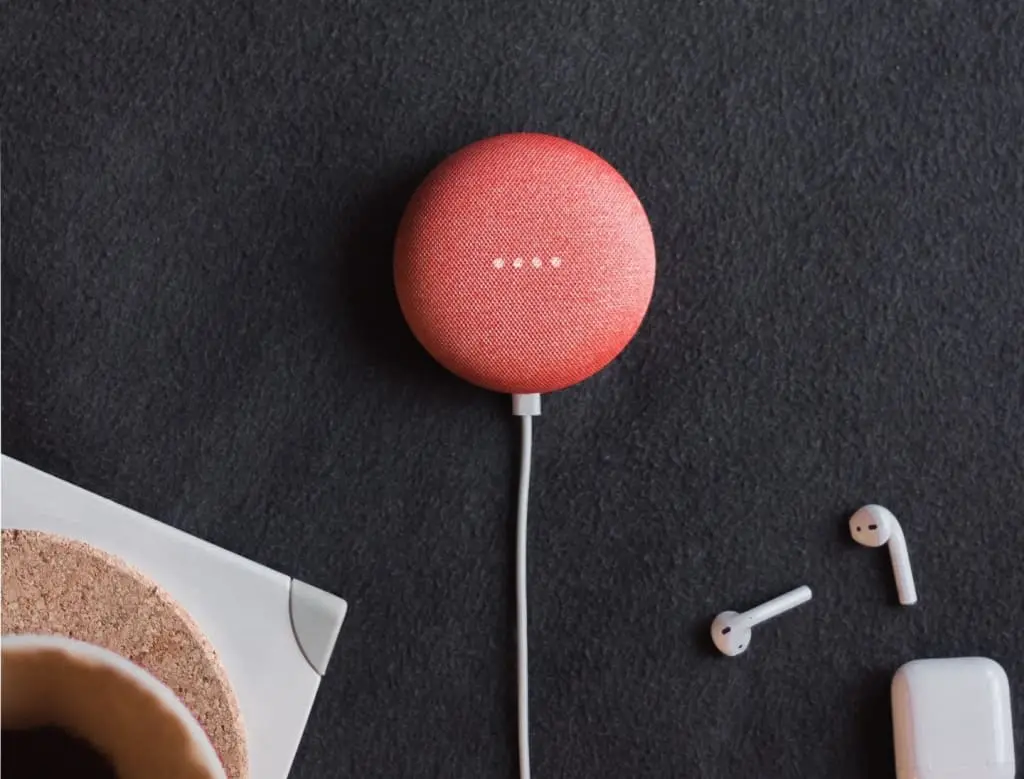
4. Augmented reality
No wonder that augmented reality is gaining traction — it’s such fun! And it’s much easier now with the emergence of the AR kit by Apple and AR Core from Google. AR can help create an entirely new experience, not just for the gaming industry but also help to create brands. Wouldn’t it be great to check out how a new pair of glasses is going to look on your face? AR paves a new way for creating tools that perfectly fit users’ needs.
This unique blend of physical and digital worlds can be seen on Just a Line app by Google which allows customers to draw with the help of AR technology. Google also showcased an AR version of Google Maps navigation, and IKEA app lets users place furniture in their homes with help from augmented reality.
5. Video Content
Last but not least — video! I bet it’s not a surprise for you. Videos are expanding widely on websites. According to Cisco study, by 2021, video content will comprise 80% of all internet traffic.
Previously they were mainly used to introduce brands or products. As millennials prefer watching over reading, videos became a great way to express more in a short time. So they give more engaging experience in various contexts. The role of video expanded to striking storytelling that brings more meaningful content.
Check Sweet Potato Pie website as a perfect example for pictures that speak louder than words — especially when we don’t understand them 😉
That’s Not All!
So there you have it. I only covered the most significant trends to make you focus on things that will really make the UX world go round. My goal was also to avoid wild guesses and present facts.
If you think that this list is not exhaustive enough, feel free to share your own predictions with us!
10Clouds is Design Agency from Poland. We also have a team of almost 100 developers. Check out our profile on Dribbble to see some of our amazing design work. If you are interested in mobile development and design services, head over to our website.


